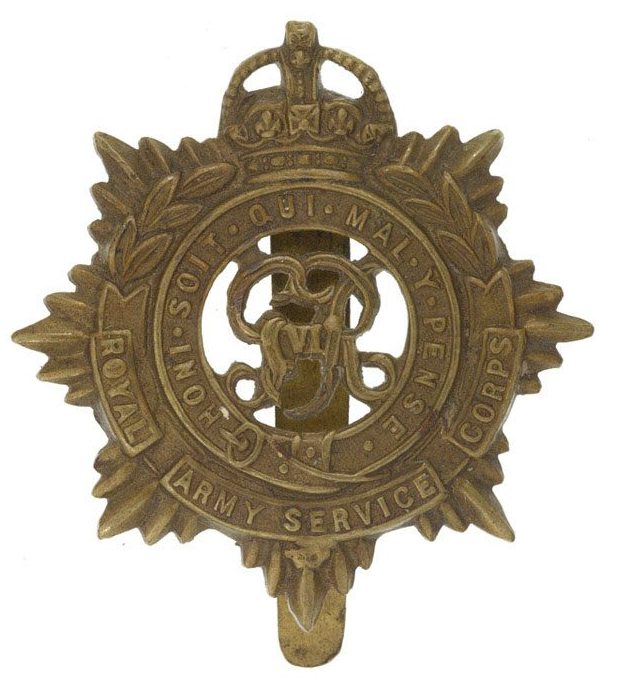Personal Details
Born: 23 August 1887 in Hinstock, Shropshire.
Family: He was the second of six children born to William Jackson, a farm labourer, and his wife Mary. The probate record indicates probate to Mary Jackson (widow) but a definite marriage record cannot be found.
Residence: In 1891 he lived in Mill Green, Hinstock with his parents, siblings, grandmother, aunts and uncles. By 1901 his parents had moved to 26 Watergate Street, Whitchurch. In 1911 he was boarding at 43 Holton Road, Barry, Glamorgan. His address is shown in both 1915 and 1925 as 35 Alexandra Road, Newbridge, Monmouthshire; however his address on discharge from the army in 1919 and at the time of his death is 5 Deermoss Road, Whitchurch which was his father’s home.
Education: From 19 June 1893 to 7 September 1894 Charles attended Whixall County Primary School.
Employment: He was a baker and confectioner, working for G H Witchell & Co Ltd of Newbridge, Monmouthshire prior to enlisting.
Died: 7 February 1928 in Whitchurch, aged 40, and was buried in Whitchurch cemetery on 11 February the same year.
Military Details
Regiment: Royal Army Service Corps
Rank: Corporal
Service Number: S4/144987
Date of Enlistment: 4 November 1915
Date of Discharge: 2 August 1919
Reason for Discharge: Demobilisation
Other Information: He was wounded while serving in Iraq and invalided back to the UK from Basra Hospital on 19 April 1919.
Charles was awarded the Campaign Medals (British War Medal, and Victory Medal)

The British War Medal (also known as 'Squeak') was a silver or bronze medal awarded to officers and men of the British and Imperial Forces who either entered a theatre of war or entered service overseas between 5th August 1914 and 11th November 1918 inclusive. This was later extended to services in Russia, Siberia and some other areas in 1919 and 1920. Approximately 6.5 million British War Medals were issued. Approximately 6.4 million of these were the silver versions of this medal. Around 110,000 of a bronze version were issued mainly to Chinese, Maltese and Indian Labour Corps. The front (obv or obverse) of the medal depicts the head of George V. The recipient's service number, rank, name and unit was impressed on the rim.
The Allied Victory Medal (also known as 'Wilfred') was issued by each of the allies. It was decided that each of the allies should each issue their own bronze victory medal with a similar design, similar equivalent wording and identical ribbon. The British medal was designed by W. McMillan. The front depicts a winged classical figure representing victory. Approximately 5.7 million victory medals were issued. Interestingly, eligibility for this medal was more restrictive and not everyone who received the British War Medal ('Squeak') also received the Victory Medal ('Wilfred'). However, in general, all recipients of 'Wilfred' also received 'Squeak' and all recipients of The 1914 Star or The 1914/1915 Star (also known as 'Pip') also received both 'Squeak' and 'Wilfred'. The recipient's service number, rank, name and unit was impressed on the rim.

